The first fatal accident involving a Saro Lerwick flying boat occurred on 20th Feb 1940 when the pilot of L7253 ‘WQ-G’ of 209 Squadron attempted to land off Lismore Island near Oban in poor visibility.
The pilot was Flight Sergeant George Arthur Corby (known as Arthur), Mentioned in Dispatches and 2 Bars, was the Son of George William and Mary Jane Corby, of Melton Mowbray, Leicestershire and husband of Nellie Corby.
George was born in Ketton, near Stamford on 23rd April 1912 and was the middle child of 3 sons, John Charles being the elder and Philip Anthony the younger.
According to the Chelmsford Chronicle, George was educated at Palmer’s School from 1925-1927.

He joined the RAF as an aircraft apprentice on 23rd August 1927, joining the 16th Entry, No 4 Apprentice Wing at RAF Halton. He is listed on the Old Haltonians 16th Entry Roll of Honour.
When George turned 18 on the 23rd April 1930, he signed on for a 12 year engagement.

At some point in his career, Arthur transferred to aircrew and became a Sergeant Pilot.
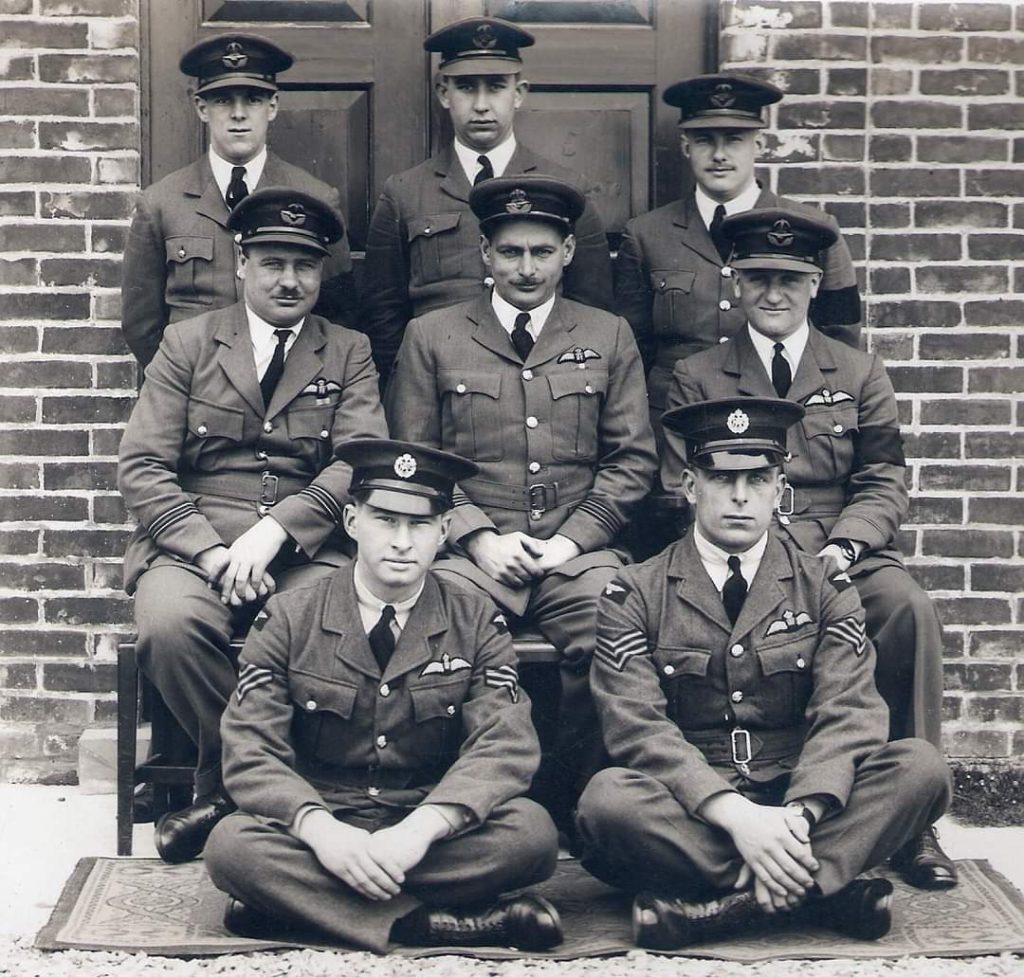
Arthur was Mentioned in Dispatches twice, the first being gazetted in the London Gazette, ironically, on the day of the incident when he lost his life, London Gazette Number 34795 dated 20th February 1940 and the second in London Gazette Number 34893 dated 9th July 1940.
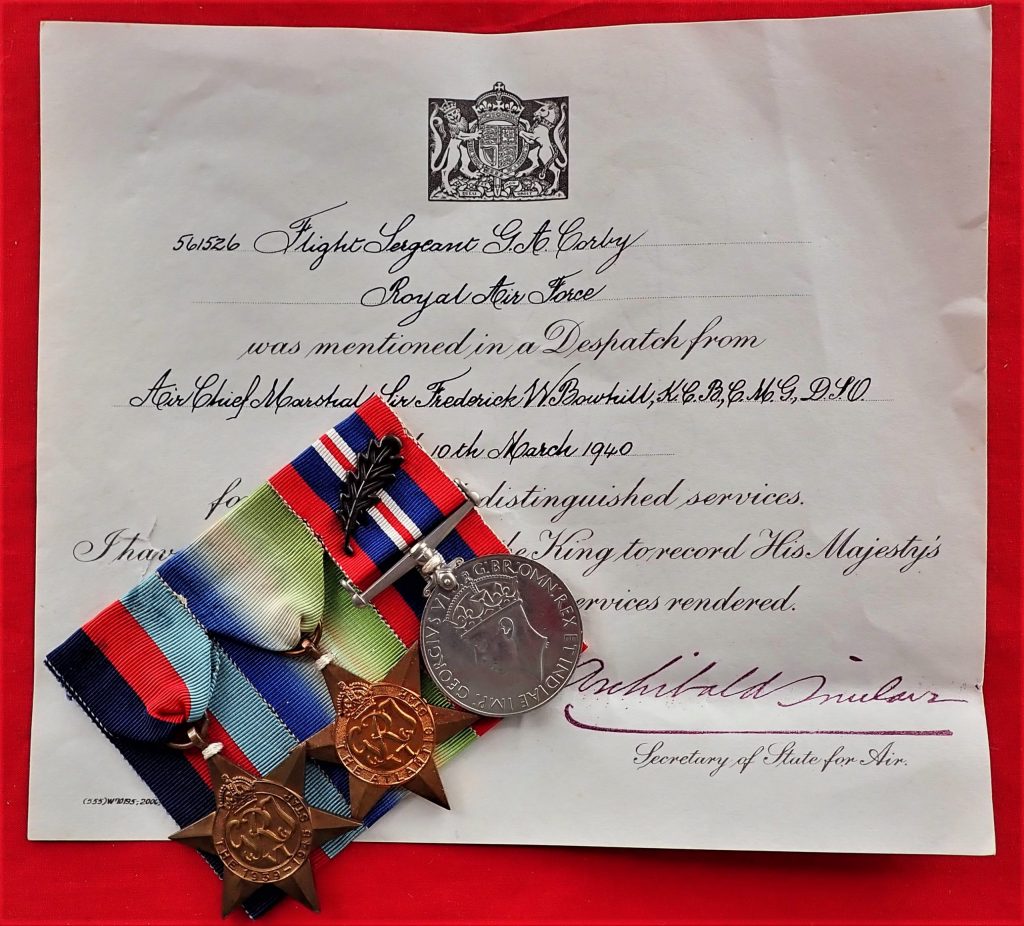
No 209 Squadron was originally equipped with Stranraers, which arrived in December 1938. On the outbreak of World War Two, No.209 moved to Invergordon to fly patrols over the North Sea between Scotland and Norway. In October 1939 it moved to Oban for patrols over the Atlantic and in December began to re-equip with Lerwicks.
The crew onboard L7253 ‘WQ-G’ at the time of the incident was: Flight Sergeant (Pilot) George Arthur Corby, Pilot Officer William Edwin Ogle-Skan, AC2 Alan Taylor, AC1 Richard J. Webber, AC2 Lawrence H. Trumay, and LAC George Peterson.
The aircraft took off from Oban at 11.30 Hrs and was forced to return at 12.30 Hrs due to bad weather. On reaching Oban the pilot decided to land well out in the Firth of Lorne due to poor visibility. Apparently owing to an error in judgment he stalled the aircraft onto the water causing it to bounce several times some 5 miles west of Oban off the lighthouse at the southern point of Lismore Island. In doing this the starboard wing tip float was knocked off and the aircraft heeled over causing water to enter through the windows. All the crew managed to get out into the water before the aircraft sank. The aircraft was salvaged and used as a training airframe and sinks later in a gale at Wig Bay Loch Ryan.
Arthur Corby drowned in the incident and his body was recovered. The bodies of three of the airmen: AC1 Richard Webber, AC2 Lawrence Trumay, and LAC George Peterson were never recovered and P/O William Edwin Ogle-Skan, AC2 Alan Taylor survived.
The CWGC Casualty database shows that Arthur was interred in Block B, Row 4 Grave 54 at Langdon Hills(St. Mary and All Saints) Old Churchyard Essex.
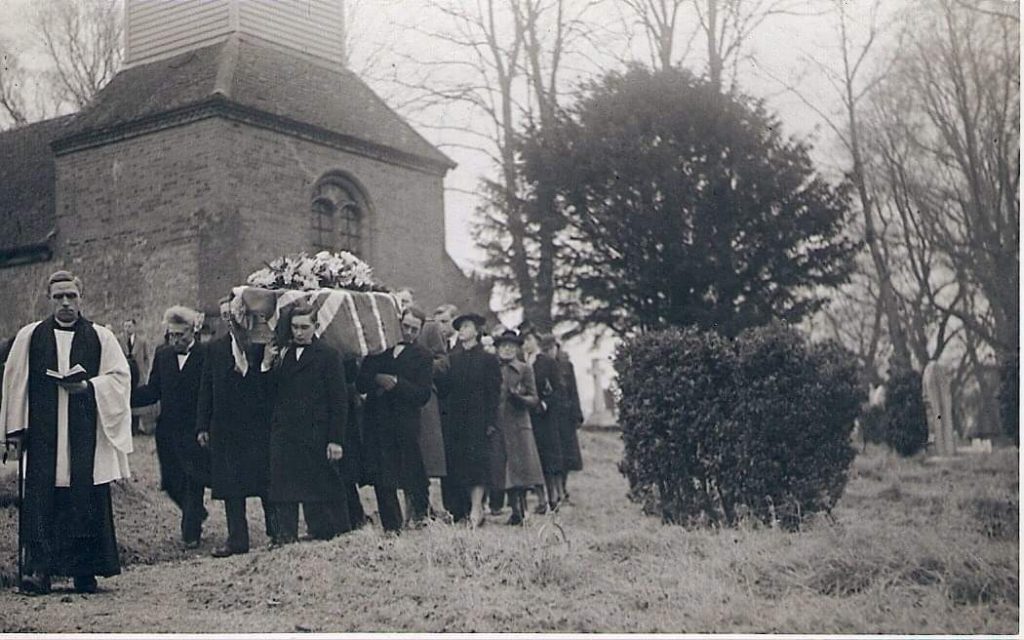
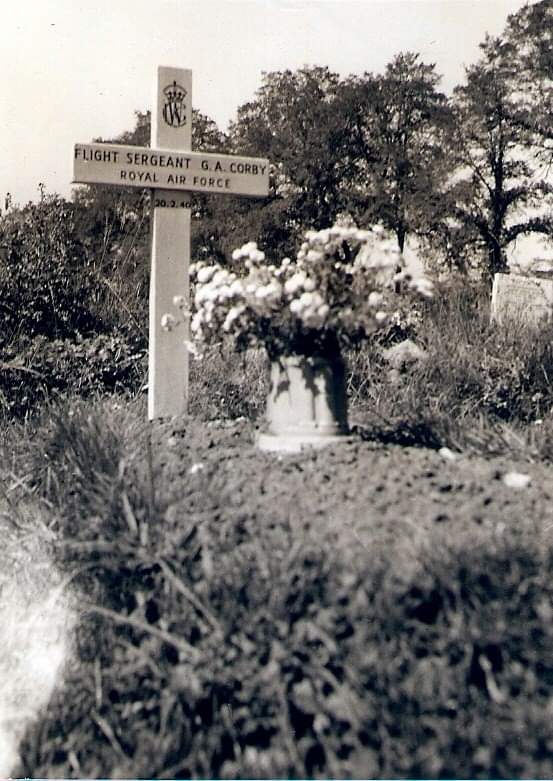

The airmen who were never found are commemorated on the Runnymede Memorial.
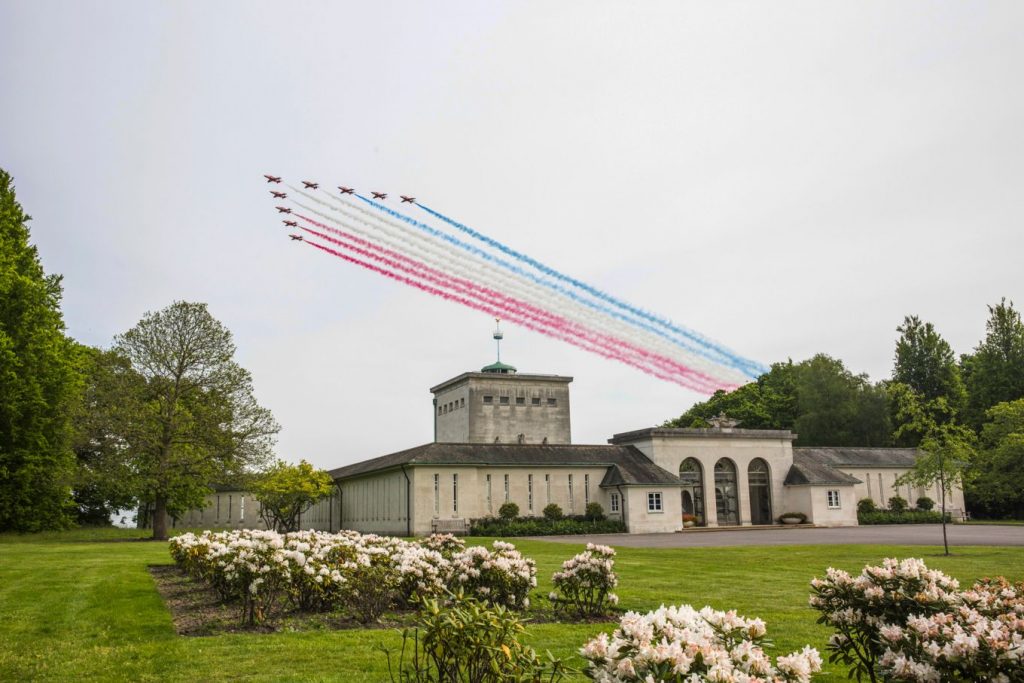
The Lerwick seaplane was not a success. They had a poor service record and a high accident rate; of the 21 aircraft built, 10 were lost to accidents and one for an unknown reason. After flying patrols from Wales and Scotland they were declared obsolete and replaced by Catalinas in April 1941.
The last of a total of 21 Lerwicks was delivered in May 1941 but the type was withdrawn from front-line service in the same month. Most of the remaining Lerwicks were transferred to Number 4 (Coastal) Operational Training Unit at Invergordon; three were sent to 240 Squadron for service trials at the highly-secret Marine Aircraft Experimental Establishment at Helensburgh.
In mid-1942, the Lerwicks were briefly returned to service, for the purpose of operational training with 422 Squadron and 423 Squadron of the Royal Canadian Air Force, based at Lough Erne. By the end of 1942 the type had been declared obsolete; by early 1943 the survivors had been scrapped.

